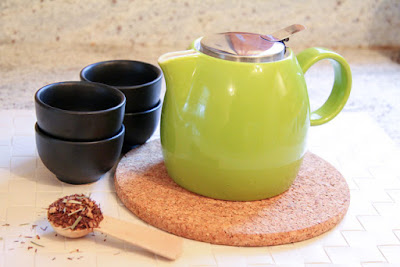History
Founder Hussain Afshar began importing tea from India into Iran in 1950, purchasing a tea processing plant near the Caspian Sea. In 1979, with the revolution in Iran, the family emigrated to the United Kingdom and early attempts to establish a tea business were unsuccessful. Under the advisement of an experienced tea exporter, Afshar and his brothers incorporated images of old London on their packaging with the intention of infusing nostalgic attributes such as "old," "well-established" and "trustworthy" into the name of Ahmad Tea. They soon won their first contract to supply tea to El Corte Ingles, a major department store in Spain. Ahmad Tea of London remains one of Iran’s best-selling tea brands.
Geographic Reach
Britain's pre-eminence in tea production, central to British culture, is reflected in England's domination of the world tea market, owning the world’s largest tea factories. To overcome negative country of origin connotations, Ahmad Tea strategically linked its name with Britain's historic reputation in tea production to infer product quality. Today, quality is clearly the strongest association the Ahmad Tea company has established with their product. The tea company's website describes their name as "synonymous with the very finest tea," being "reflected in the image, branding and packaging of the entire Ahmad Tea product range." Ahmad Tea's successful marketing strategy has led to exports to over 70 countries worldwide.
Significance
The company's two year public relations investment led to the development of the right blends and packaging, successfully creating and conveying the Ahmad Tea message: exclusive, quality teas from London, the tea capital of the world. With British colonial influence reaching into the Middle East, the name "Ahmad" maintained the company's connection with exotic teas, but basing the company in Britain and incorporating "London" on the label achieved an authoritative association with quality and fine taste.











